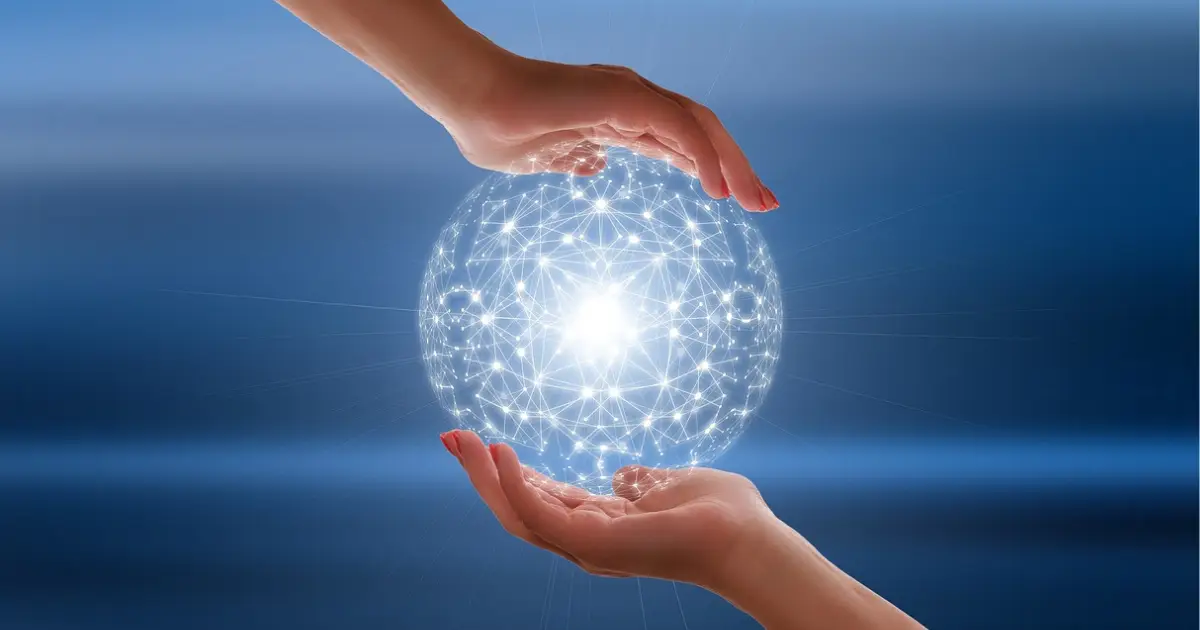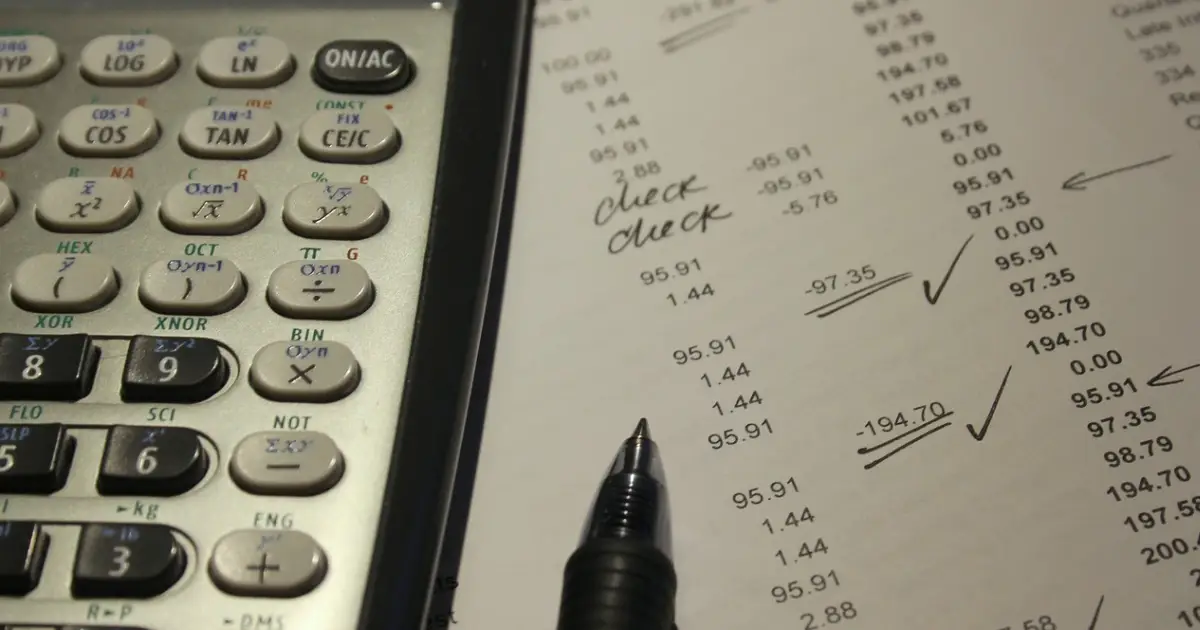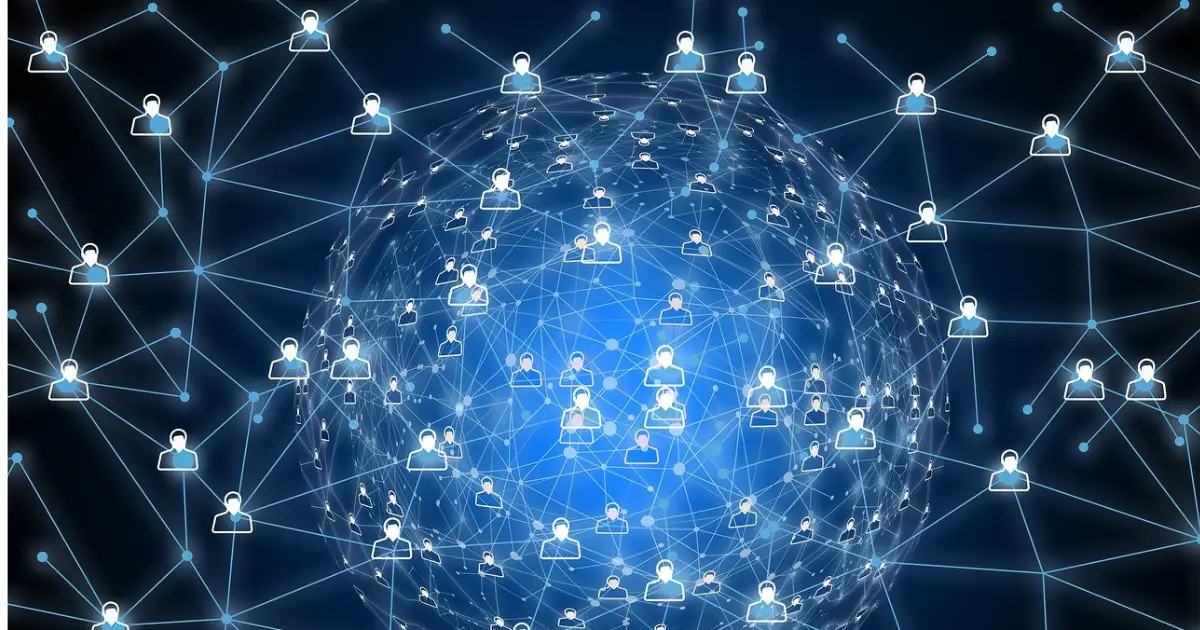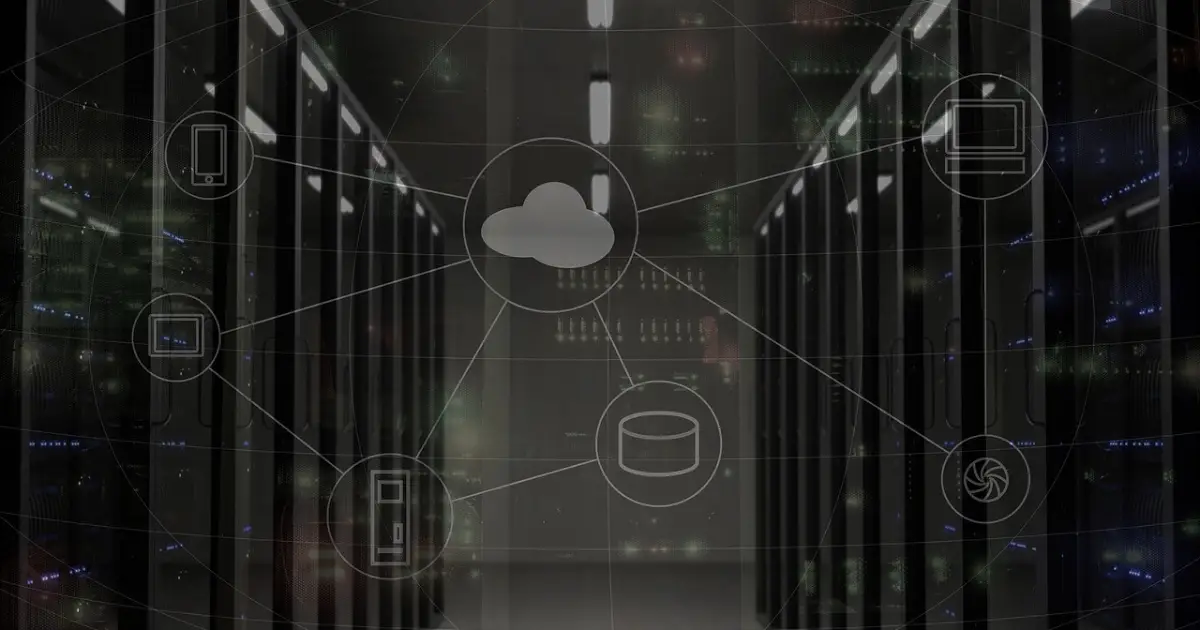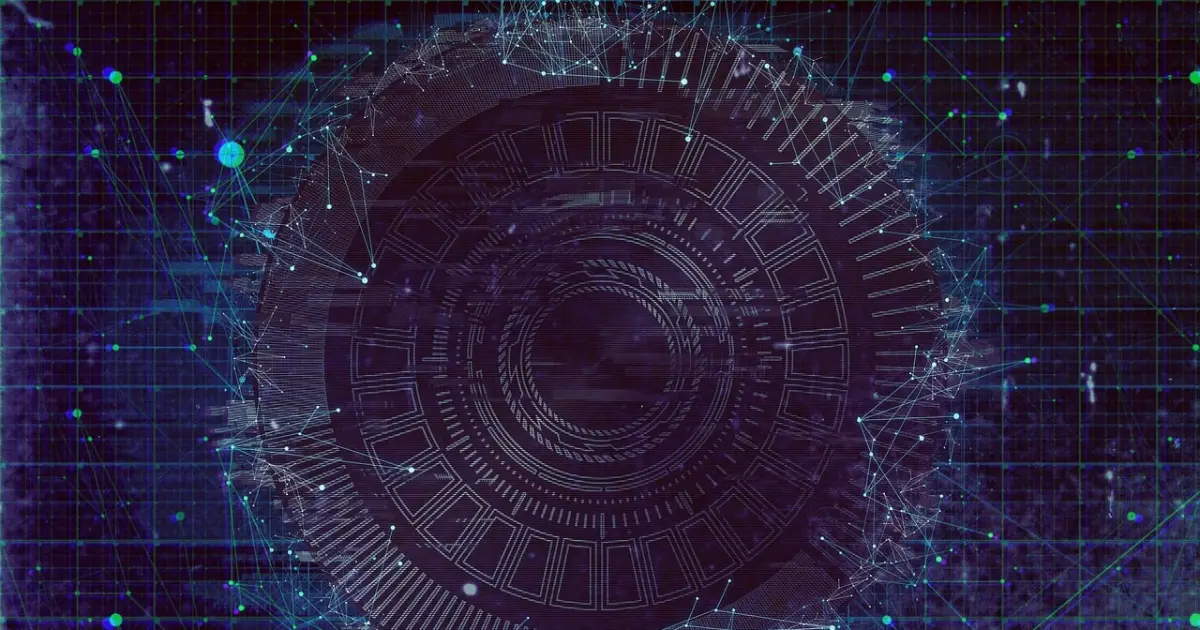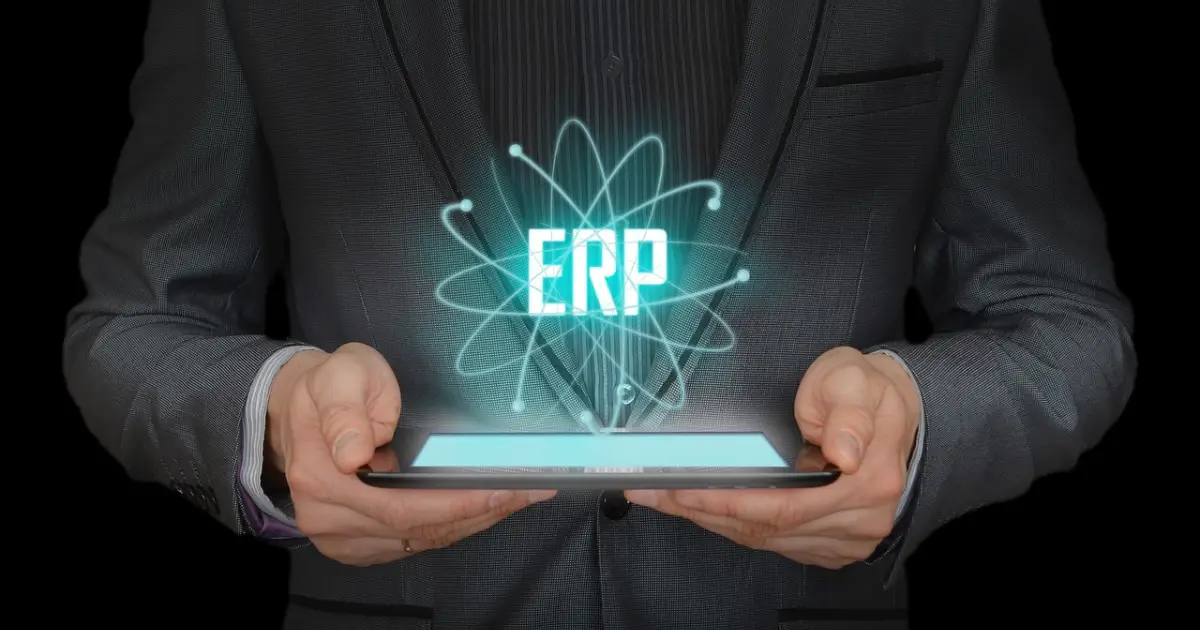focus notes


What are some examples of IoT sensors? We explain the types, how to choose them, and examples of their use in agriculture, etc.
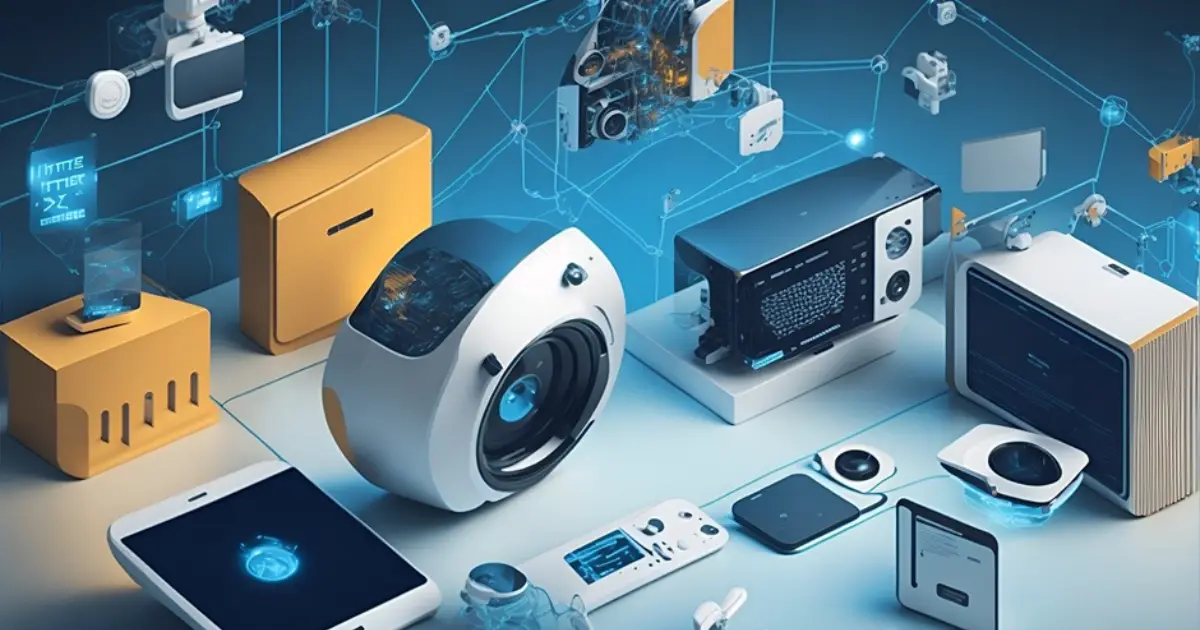
table of contents
"I want to know some concrete examples of IoT sensors."
"How do I choose the best IoT sensor for my company?"
If you are considering introducing IoT sensors, you may have concerns like these.IoT sensors are used in a wide range of applications, including agriculture, manufacturing, industrial waste disposal, and housing facilities.There are many situations where IoT sensors are useful, such as improving the efficiency of agricultural work, remote production management, and optimizing transport vehicle routes. There are also many types of IoT sensors. Some people may want to know which IoT sensor is suitable for their company and what criteria they should use to choose one.
In this article, we will explain the implementation examples of IoT sensors, the types of IoT sensors, and how to choose them. We will also answer frequently asked questions about IoT sensors, so please refer to it.
Use of IoT sensors in agriculture and other fields!
We will explain examples of IoT sensor implementation.
- Agriculture
- manufacturing industry
- Industrial waste treatment
Agriculture
IoT sensors are being used in agriculture.
Introducing the “Commute Farming Support System”...
① Temperature control of the greenhouse ○ Raising rice and onion seedlings → Determining whether to open or close the side windows of the greenhouse○Anthurium → Turning on/off heating, determining the impact of earthquakes on equipment
② Irrigation management ○ Raising strawberry seedlings and Gypsophila cultivation → Judging the amount of water and irrigation equipment settings
Source: Agriculture, Forestry and Fisheries Technology Conference | Empirical research on radioactive material countermeasures for recovery from the nuclear power plant accident | Page 17 (as of February 28, 2024)
Automatic window opening and closing in the greenhouse allows for proper control of temperature and humidity. In addition, adjusting the irrigation schedule to match the plants' water needs will promote growth and improve yield and quality. This method will reduce human error and make operations more efficient.
manufacturing industry
IoT is also being used in the manufacturing industry.
<③ Data analysis and learning>
Production line quality control program
Claim 1
A production line quality control program that causes a computer to realize the following functions: receiving inspection result data representing the results of inspecting a product after a specified manufacturing process for each specified inspection item from an inspection device via a network, and storing the data in a database; receiving manufacturing condition data for when the product was manufactured from the manufacturing device via a network, and storing the data in the database in association with the inspection result data; having a neural network learn, through deep learning, the relationship between the inspection results of the inspection result data stored in the database and the manufacturing conditions among the manufacturing condition data that caused the non-conformity; monitoring the inspection result data stored in the database; and, when a non-conforming inspection result is discovered through the monitoring, using the trained neural network to estimate the manufacturing conditions that caused the non-conformity.
Source: Japan Patent Office | Regarding enhancement of case studies related to IoT-related technologies, etc. | Page 32 (as of February 28, 2024)
By collecting, analyzing, and learning from data, quality issues can be identified quickly. This approach has the potential to fundamentally change quality control processes in the manufacturing industry, improving both the efficiency of the manufacturing process and the quality of the product.
Industrial waste treatment
IoT technology is also being introduced in the treatment of industrial waste.
Kyoto Prefecture is taking the lead in the nation in building and promoting a "new resource circulation model" that utilizes AI and IoT technology in order to promote the effective use of the three types of industrial waste that have large amounts of final disposal.
(1) Construction waste measures: Support for the introduction of AI sorting robots for the purpose of recycling construction waste
(2) Measures against waste plastics: Building a recycling model through efficient waste collection using sensors
(3) Measures against sewage sludge: FS study for building a matching system between waste dischargers and recycling destinations
Source: Kyoto Prefecture | Chapter 3 Attempts to utilize AI and IoT in resource circulation | Page 1 (as of February 28, 2024)
In order to promote the efficient collection and recycling of waste plastics, we are currently working on the construction of a collection system that utilizes sensor technology. This will optimize the process from waste plastic collection to recycling, and is expected to improve operational efficiency.
Which IoT sensors should you use?
There are many types of IoT sensors, as shown below. We will explain the features and usage scenarios of each.
- Gyro sensor
- Motion Sensor
- Temperature sensor
- Humidity Sensor
- Illuminance sensor
- Sound Sensor
- pressure sensor
- Distance Sensor
- Image Sensor
- CO2 Sensor
- Water Level Sensor
- Odor Sensor
- Current Sensor
Gyro sensor
A gyro sensor is a sensor that can detect changes in the rotation speed and tilt of an object.It can accurately measure the movement of objects that is difficult for humans to sense.
Gyro sensors are used in electronic devices, vehicles, robots, etc. The most familiar example is the smartphone. Generally, when you rotate a smartphone, the screen orientation also changes. This is made possible by the function of the gyro sensor.
Gyro sensors are also used in airplanes. For example, to operate an airplane safely, it is essential to keep the aircraft horizontal at all times. However, since it is difficult for humans to always maintain the same state, gyro sensors are used to maintain and control the aircraft's attitude and direction.
Motion Sensor
A motion sensor is a sensor that detects the movement of an object.It responds to the speed of movement.
A typical example of its use is automatic lighting. It is used in offices and factories to detect human movement and turn lights on and off. It is also commonly used for automatically adjusting air conditioning. Motion sensors are also used in security systems to detect the intrusion of suspicious people.
In retail, tracking how customers move around a store can be used to improve product placement and flow of goods. Hospitals can track patients for security purposes, and factories can use it to ensure the safety of employees.
Temperature sensor
A temperature sensor is a sensor that detects the temperature of an object or environment.There are two main detection methods:
- Contact Type
- Non-contact
Contact temperature is a method of measuring temperature by physically coming into contact with an object. A common example of a contact temperature is a thermometer. It can be used to detect the room temperature in an office and automatically adjust the air conditioning to an appropriate temperature, or in agriculture, to increase crop productivity by keeping the temperature in a greenhouse constant.
Non-contact type is a method to measure temperature without touching the object by infrared rays. When the object is in a dangerous place such as high temperature or high place, it is not possible to measure by touching it. It is used in such cases. It is used for testing the insulation performance of buildings and measuring the surface temperature of skin.
Humidity Sensor
A humidity sensor is a sensor that detects the humidity around the location where the device is installed.
For example, in agriculture, humidity control is essential to maintain the quality of produce. Humidity sensors are used to constantly adjust the humidity inside greenhouses to an optimal level. They can also be used in factories that handle products and parts that are sensitive to humidity.
In addition, there are also cases where humidity sensors are used to make offices more comfortable. By controlling air conditioning equipment to maintain a certain humidity level, it is possible to create an environment where employees can work comfortably regardless of the season.
Illuminance sensor
The illuminance sensor detects the brightness of a space.The intensity and amount of light hitting the sensor is converted into a numerical value to measure illuminance. It is generally used to adjust the illuminance to an appropriate level based on the measurement results.
For example, it can be used to adjust the illuminance inside a greenhouse to manage the growth of plants and crops. The brightness can be automatically adjusted by turning off the lights when there is sufficient natural light and brightening them at dusk. In factories, illuminance standards are set for each task. Illuminance sensors can be useful in maintaining brightness that meets the conditions.
The automatic adjustment of LCD screens on smartphones and other devices to suit the surrounding conditions is also achieved by using illuminance sensors. By utilizing illuminance sensors in this way, the surrounding objects, environment, and systems can be made to be in an appropriate state according to the illuminance at that time and place.
Sound Sensor
The sound sensor is a sensor that detects sound.Specifically, it measures the pitch (frequency), quality, volume, etc. By introducing a sound sensor, it becomes possible to detect specific sounds.
For example, you can set it to detect sounds such as breaking glass or prying open a lock, which can be used as a security measure. Also, by detecting abnormal sounds from machinery in a factory, you can determine when maintenance is required. It can also be used to monitor noise levels in libraries to maintain an optimal sound environment, or to check vehicle noise levels on highways.
Furthermore, sound sensors are also used for voice input and voice operation. A typical example is a smart speaker. Sound sensors are used in the part that operates the system by issuing voice instructions.
pressure sensor
A pressure sensor measures the pressure applied to objects, gases, liquids, etc.The magnitude of pressure is quantified using electrical signals.
Pressure sensors can be used in a variety of ways. For example, they can measure the pressure in a gas tank and check for abnormalities to determine whether there is a gas leak.
Pressure sensors can also be installed on each seat in a restaurant to keep track of whether a seat is occupied or not. Employees can instantly determine which seats are available, allowing them to guide customers smoothly. The accumulated data can also be used to change seating arrangements and improve turnover rates. Pressure sensors can also be installed on office seats to keep track of employee presence.
Distance Sensor
Distance sensors measure the distance to an object.Representative examples are the following two types:
- LiDAR
- RADAR
LiDAR uses lasers and light to measure the distance to an object. It is characterized by its high accuracy and ability to detect even small objects. It is generally used when the object is close by. Its disadvantage is that it does not detect well in poor environmental conditions such as dusty or extremely bright environments. It is used for face recognition and product identification.
RADAR is resistant to environmental changes and can measure long distances. It can also be used for security purposes in combination with motion sensors. However, care must be taken because materials that absorb electromagnetic waves, such as plastic, tend to block the sensor and are not suitable for measurement.
Image Sensor
An image sensor is a type of sensor that is primarily used in cameras.
Image data can be used to detect minute scratches and stains and find defective products. Taking advantage of these properties, it can be used to detect impurities in manufacturers' inspection processes and production lines.
It can also grasp the color and size of objects captured in the image. Autonomous driving systems use image sensors to identify surrounding objects and determine distance, speed, etc.
CO2 Sensor
A CO2 sensor is a sensor that measures the concentration of carbon dioxide in the atmosphere.Carbon dioxide has the property of absorbing infrared rays. Taking advantage of this property, the mainstream method is to use the NDIR (Non-Dispersive Infrared) method, which quantifies the carbon dioxide concentration from the amount of infrared radiation absorbed.
CO2 sensors are often used in the agricultural industry, where they can adjust the carbon dioxide concentration to stimulate plant photosynthesis, improving growth rates and yields.
It is also used to determine whether the carbon dioxide concentration is appropriate in offices and commercial facilities. High carbon dioxide concentrations can make employees feel short of breath and fatigue, which may reduce employee performance. Using a CO2 sensor can sound an alarm to notify of insufficient ventilation, and depending on how the system is designed, it can also provide automatic ventilation.
Water Level Sensor
A water level sensor is a sensor used to observe and control water levels.There are non-contact types that measure water level by emitting radio waves or ultrasound, and contact types that measure water level by the rise and fall of a float or water pressure.
Water level sensors are used to manage the remaining amount of chemicals in tanks at factories, for example. They monitor the amount of chemicals remaining in the tanks to ensure safety. They can also measure agricultural water storage tanks and groundwater levels to determine whether there is enough water to grow crops.
In addition, it is also useful for monitoring the water levels of rivers and dams for disaster prevention purposes. When the water level rises due to heavy rain and reaches a dangerous level, a siren can be sounded before it reaches that level, encouraging early evacuation.
Odor Sensor
An odor sensor measures and quantifies the strength and changes in odor.To go into a bit more detail, the chemicals and gases that cause odor are converted into electrical signals and then measured.
It can be useful for monitoring air pollution levels around industrial areas and measuring harmful substances in the air. It can also be used in chemical plants for early detection of gas leaks, which can help in quicker response to the problem.
Furthermore, it is also useful for managing the freshness of food. When food spoils, it emits ethylene gas and other gases. This gas can be detected using an odor sensor. This will be particularly useful in supermarkets and restaurants, where food freshness is important.
Current Sensor
A current sensor is a sensor that measures power consumption and current values.It is widely used to monitor power usage and the operational status of equipment.
Common household appliances equipped with current sensors include air conditioners and refrigerators, which are energy-efficient and use current sensors to monitor and control power consumption.
Current sensors are also used in factories to ensure that equipment is not overloaded, automatically shutting down the system if excessive current is detected, reducing the risk of equipment damage or fire.
How to choose IoT sensors, including installation purpose!
There are four ways to choose an IoT sensor:
- Clarify the purpose of installation
- Check the size
- Check the market price
- Check the coverage
Clarify the purpose of installation
When choosing an IoT sensor, be sure to clarify the purpose of its installation.This is because the IoT sensor you should choose depends on the purpose of installation.
As we have explained so far, there are many different types of IoT sensors. There is no universal IoT sensor that can handle all issues, so it is necessary to select a sensor based on its characteristics, uses, and purpose.
When determining your installation objectives, first understand the specific needs of your project or business. For example, are you looking to improve efficiency, increase safety, or reduce costs? This will help you understand the problems and challenges you are currently facing. Once you have identified these issues, you will know which sensors to use.
Check the size
Checking the size is also one of the points to consider when choosing an IoT sensor.If you choose an IoT sensor without considering its size, you may not be able to install it in the appropriate location.
The location of the sensor affects the measurement results. Therefore, it is always necessary to consider the optimal location for the sensor. For example, when measuring the temperature of a greenhouse with a temperature sensor, it is desirable to install it in a location where the temperature of the entire greenhouse can be measured evenly and accurately.
However, if you install it without considering the installation location, the size may not fit. It is important to check the size in order to install it in the appropriate location.
To avoid a situation where the size does not fit, decide in advance where to install the IoT sensor. Be sure to accurately understand the size of the installation location before selecting the IoT sensor.
Check the market price
It is important to check the market price before selecting an IoT sensor.Knowing costs up front allows you to accurately plan your project budget.
There are many companies that offer IoT sensors. The cost of implementation may vary depending on the approach, as well as the accuracy and functions of the sensor. If you purchase without knowing the market price, the introduction of sensors may be expensive.
On the other hand, if you choose something that is extremely cheap compared to the market price, the quality may be insufficient and you may need to replace it, which will incur additional costs and may end up exceeding your budget.
When checking market prices, get competitive quotes. Collect information from multiple companies and compare the selling prices and performance of the IoT sensors. Consider which IoT sensor is best suited for your company. In this case, it is best to make a comprehensive decision, including the functionality, rather than just looking at the cost.
Check the warranty details
One way to choose an IoT sensor is to check the warranty details.This is because there is a risk of sensor failure or malfunction after installation.
IoT sensors are installed in a variety of environments. For example, in the manufacturing industry, IoT sensors may be installed in environments with high levels of noise and dust. In agriculture, IoT sensors may be placed in harsh natural environments, such as wind and rain, temperature changes between day and night, and drought, to monitor soil moisture and crop growth. Even if the sensor is designed to be used under harsh conditions, it may malfunction.
If you choose a product with an insufficient warranty, you may incur unexpected costs and time for repairs or replacements in the event of initial defects or breakdowns. There is also a risk of operation being halted due to a lack of technical support or slow response.
Therefore, when choosing an IoT sensor, it is important to carefully check the warranty offered by the manufacturer. If the warranty is not listed on the product page, be sure to inquire.
Explaining frequently asked questions about IoT sensors
Here are two frequently asked questions about IoT sensors:
- First of all, what is an IoT sensor?
- How does IoT work?
First of all, what is an IoT sensor?
An IoT sensor is a sensor that can detect the movement of objects and nature and collect and manage data via the Internet.It detects and quantifies human movement, temperature, humidity, equipment status, etc. The quantified data is stored in the cloud and can be analyzed and used to improve safety and conserve resources.
For example, let's say that IoT sensors are installed on roads to manage traffic volume. By using the sensors to monitor traffic volume and collect data, it is possible to determine the time periods when congestion will occur. The timing of traffic lights changing can be automatically adjusted according to the congestion on the roads, thereby mitigating congestion.
Smartwatches that can measure heart rate and blood oxygen levels also use IoT sensors. In the medical field, wearable devices are also used to monitor a patient's health in real time. They can compare the data with normal data and notify you of any abnormalities, which can be useful for early detection of illness.
How does IoT work?
IoT consists of the following five elements that work together:
- Things (devices/sensors)
- network
- gateway
- Server Cloud
- application
Information collected by objects is sent to the cloud or a server via a network. The gateway is the entrance and exit point for this. The transmitted data is stored and managed in the cloud or server. Many products use AI to analyze data. For example, the analyzed data is reflected in an application, allowing you to view the air conditioner's usage history, set temperature, appropriate temperature settings, etc.
summary
IoT sensors are being introduced in a variety of ways, including improving the efficiency of agricultural work and managing production lines.There are many types available, so it is important to choose one that best suits your company's implementation goals.Please select an IoT sensor after clarifying the purpose of installation. Also, be sure to check the size, cost, and warranty details of the IoT sensor. Doing so will increase the chances of successful implementation.
However, after conducting your own research, you may not be able to find the optimal solution approach or IoT sensor. In some cases, it may be difficult to make a decision on your own. In such cases, please feel free to contact us.
Achievements left behind
48 years since its establishment.
We have a proven track record because we have focused on what is important.
It has a long track record in both the public and private sectors.
Number of projects per year
500 PJ
Annual number of business partners/customers
200 companies
Maximum number of trading years
47 years
Total number of qualified persons
1,870 people

